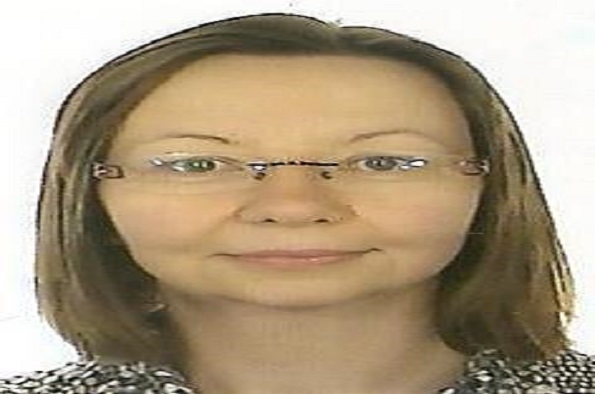
Gabriela Czanner 'What can statistics do for the understanding of ophthalmic diseases?' From measurement errors to inference and discrimination using complex datasets that contain images.
- 0151 794 9003
- Brenda Smith
- Suitable for: Staff and students
- Admission: Free to staff and students
Add this event to my calendar
Click on "Create a calendar file" and your browser will download a .ics file for this event.
Microsoft Outlook: Download the file, double-click it to open it in Outlook, then click on "Save & Close" to save it to your calendar. If that doesn't work go into Outlook, click on the File tab, then on Open & Export, then Open Calendar. Select your .ics file then click on "Save & Close".
Google Calendar: download the file, then go into your calendar. On the left where it says "Other calendars" click on the arrow icon and then click on Import calendar. Click on Browse and select the .ics file, then click on Import.
Apple Calendar: The file may open automatically with an option to save it to your calendar. If not, download the file, then you can either drag it to Calendar or import the file by going to File >Import > Import and choosing the .ics file.
This talk will highlight several examples of how statistics contributes to ophthalmic research. This will include evaluation of precision and accuracy of the measurements, statistical inference and extension of statistical modelling into clinical decision rules. The talk will conclude with a discussion for future directions in the analysis of complex ophthalmic data that contain images; especially on how statistics may interact with machine learning. Anyone with an interest in statistics, translational research and analysis for large datasets will find this lecture fascinating. I promise no complex equations!
